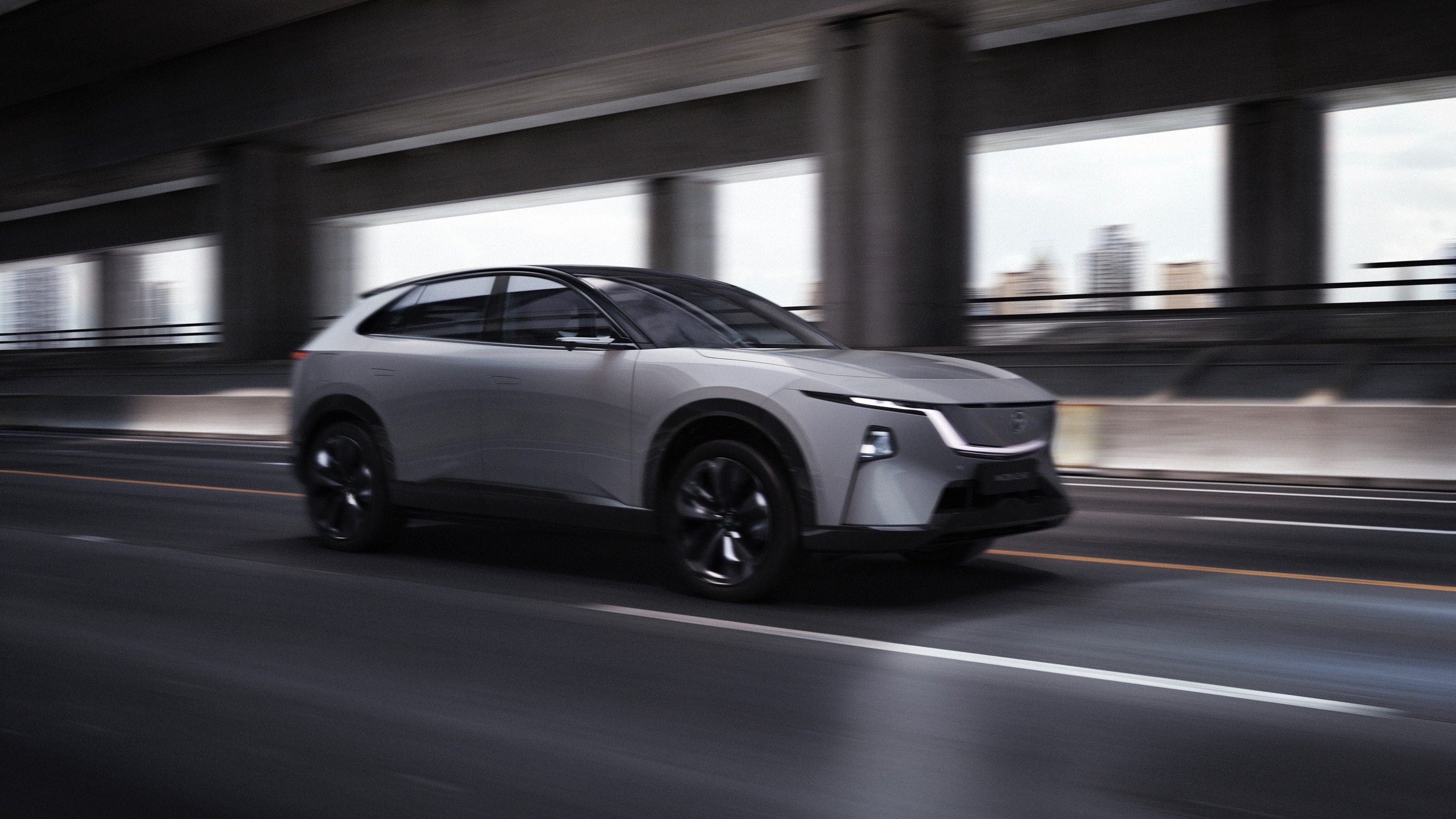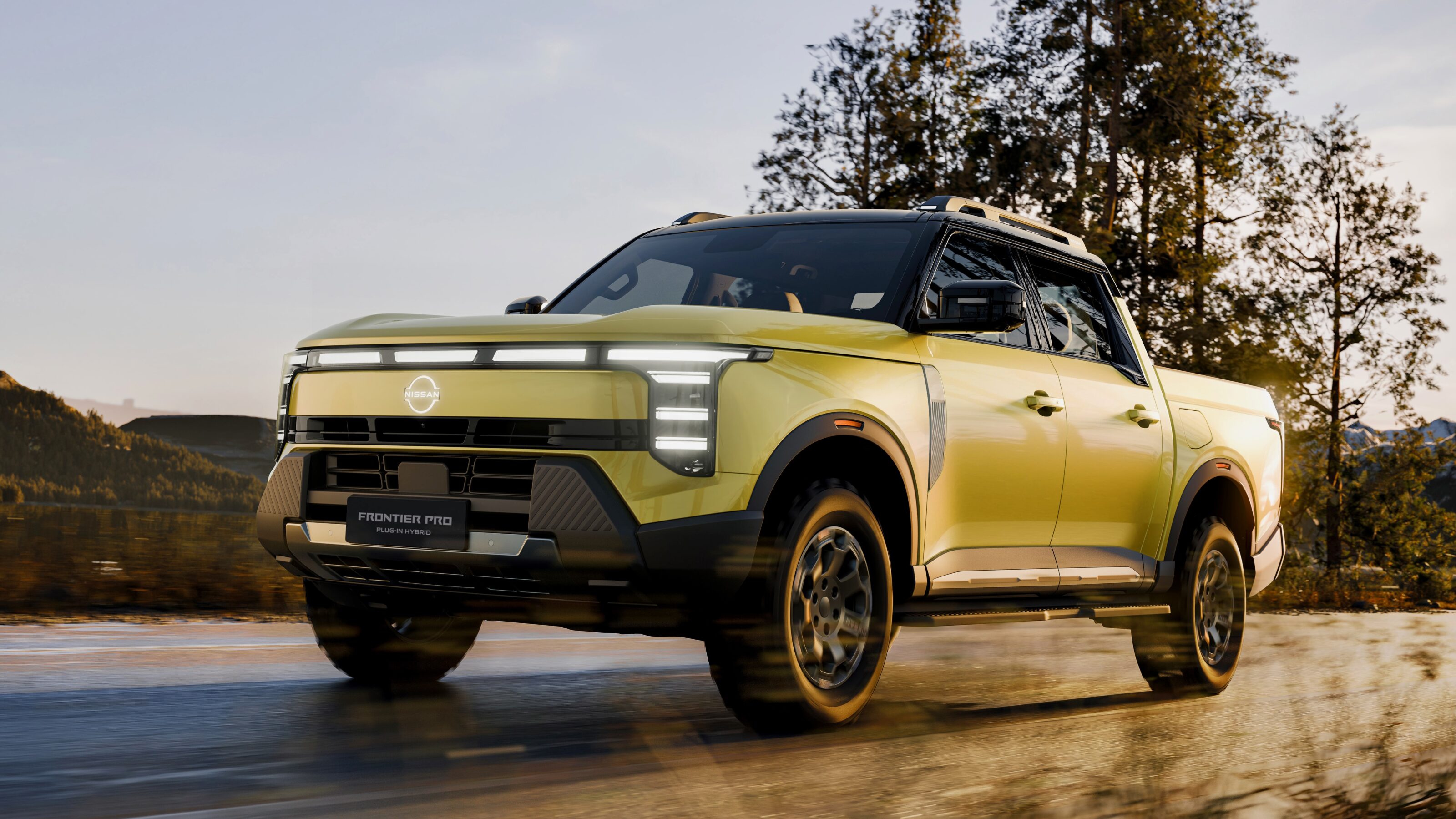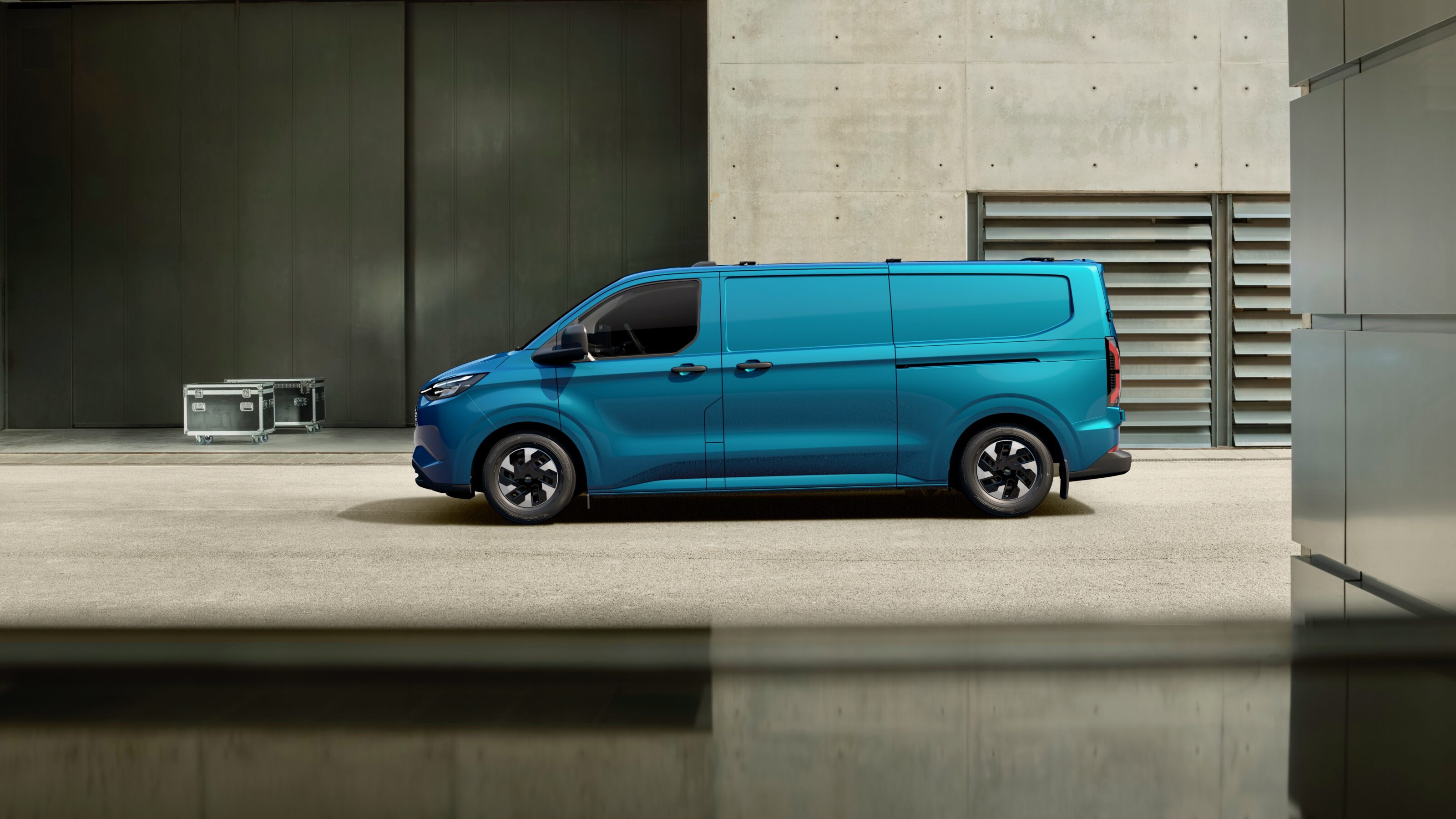DESCRIBED as the ultimate road-legal McLaren, the numbers on the British supercar specialists’ Senna are simply mega.
With its 4.0-litre twin-turbocharged V8 cranking out 588kW and 800Nm, the McLAren Senna is driven by the most powerful combustion engine ever developed by McLaren’s road car operation. Granted, those figures are put in the shade by the McLaren P1’s total system output of 673kW/980Nm, but that car had an electric motor to help it out. Even so, the Senna accelerates just as quick – and is almost as fast – as the mighty P1.
The Senna’s 0-100km/h and 0-200km/h sprint times are identical to the P1, coming in at 2.8 seconds and 6.8 seconds respectively. Launch it down a dragstrip and it’ll trip the beam in a mere 9.9 seconds, just a tenth of a second behind the P1.
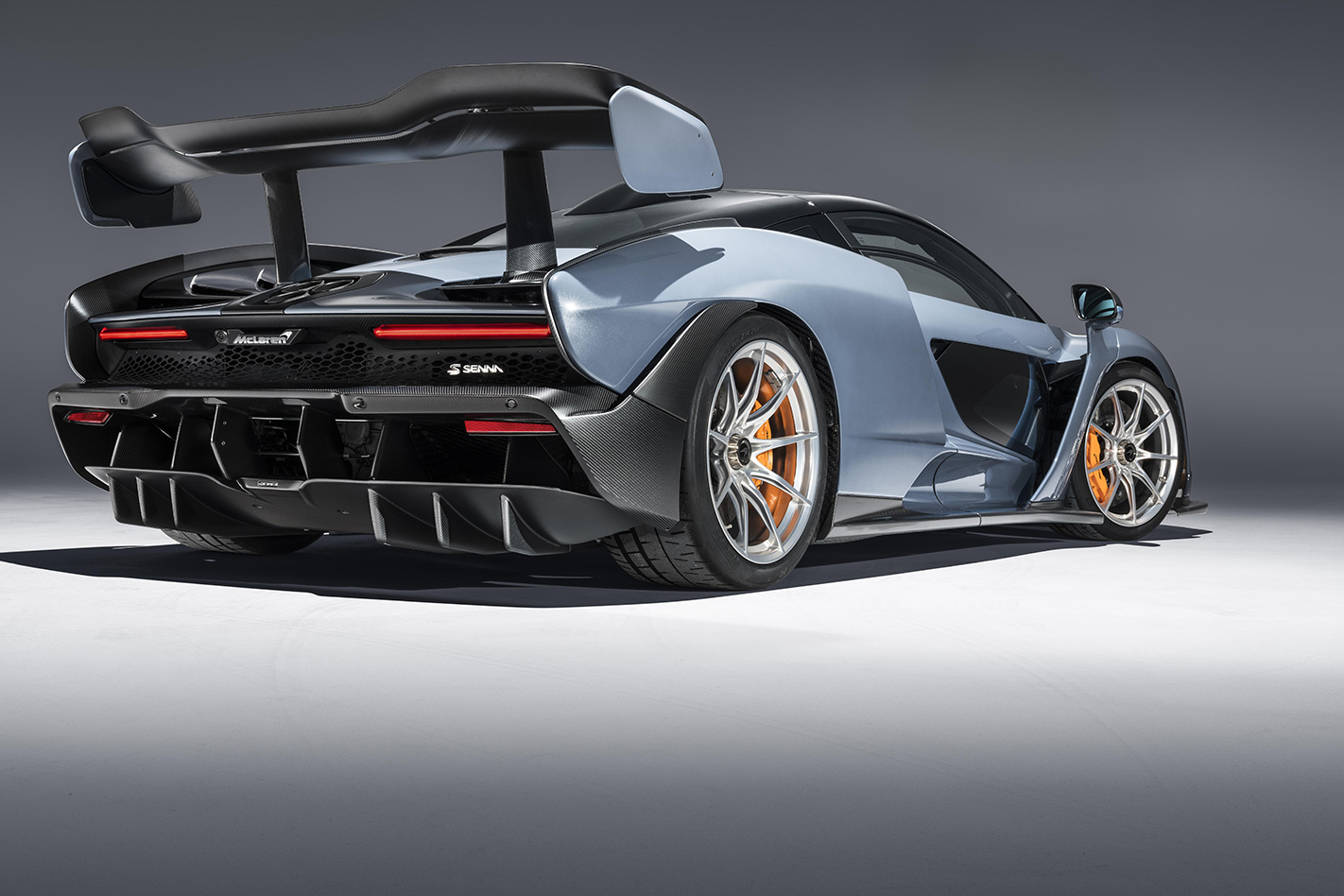
The flipside is the Senna’s bodywork generates a whopping 800kg of downforce at 250km/h to help glue it to the road (or track), and while its styling may not have the simple elegance of other cars in the McLaren range, the huge vents and intakes all serve to make the car grip harder and go faster.
See those shovel-like scoops behind the front cheek vents? They’re electronically controlled winglets mounted inside ducts, and they can be trimmed at high speed to reduce downforce and keep the suspension from bottoming out. The aero gets even wilder at the rear, with another adjustable wing taking care of the bulk of downforce generation and working in concert with a sizable diffuser. Dramatic slashes in the Senna’s carbon-fibre engine cover help evacuate heat from the engine bay.
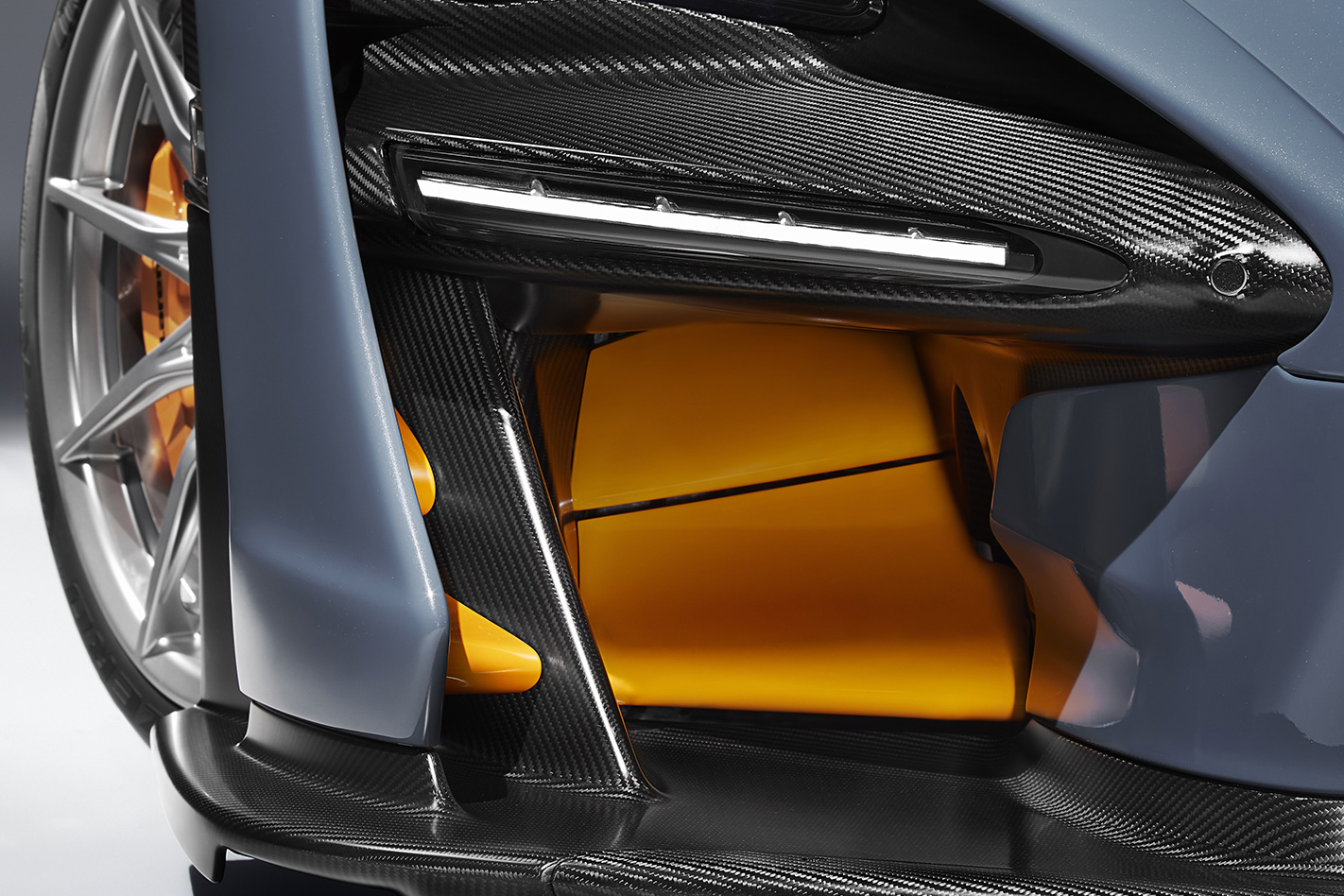
The exhaust has also been crafted with aerodynamics in mind, with the trio of hexagonal tips being cut on a slant to be flush with the rear deck and direct exhaust gasses away from the rear wing. The Senna may not have conventional beauty, but the company says it’s the “strongest expression yet of McLaren’s form follows function philosophy”.
Downforce, aero and prodigious power are key to the Senna’s performance, but it’s light weight that’s the real secret sauce to making the non-hybrid Senna as quick as a P1. Tipping the scales at just 1198kg, the Senna weighs less than a Toyota 86.
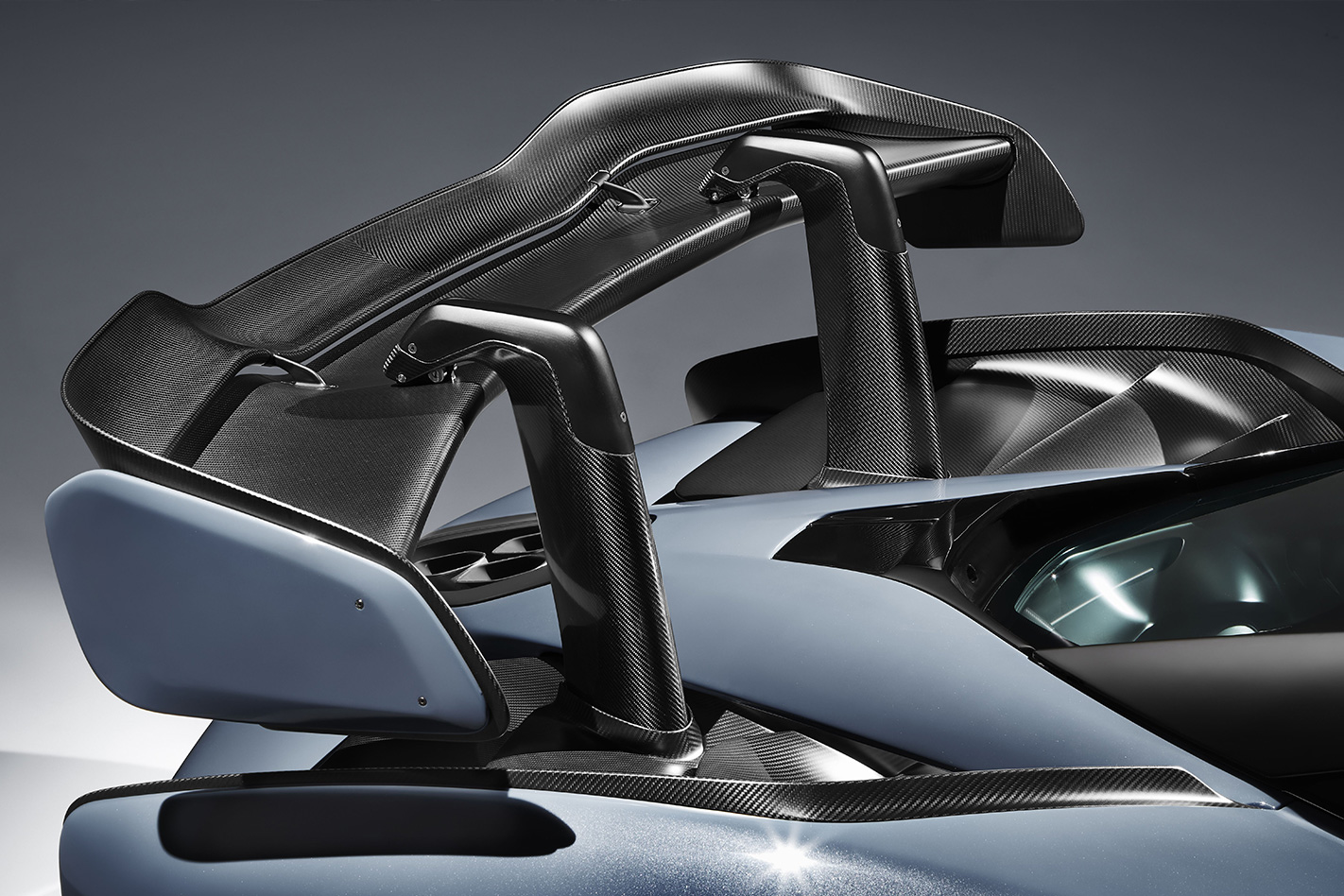
And speaking of rolling stock, though it might say “Pirelli P Zero Trofeo R” on the sidewalls of the Senna’s 19-inch (front) and 20-inch (rear) tyres, they’re a custom compound and construction that’s designed to resist squirm during hard cornering and perform best on dry race tracks. They’re far from off-the-shelf rubber.
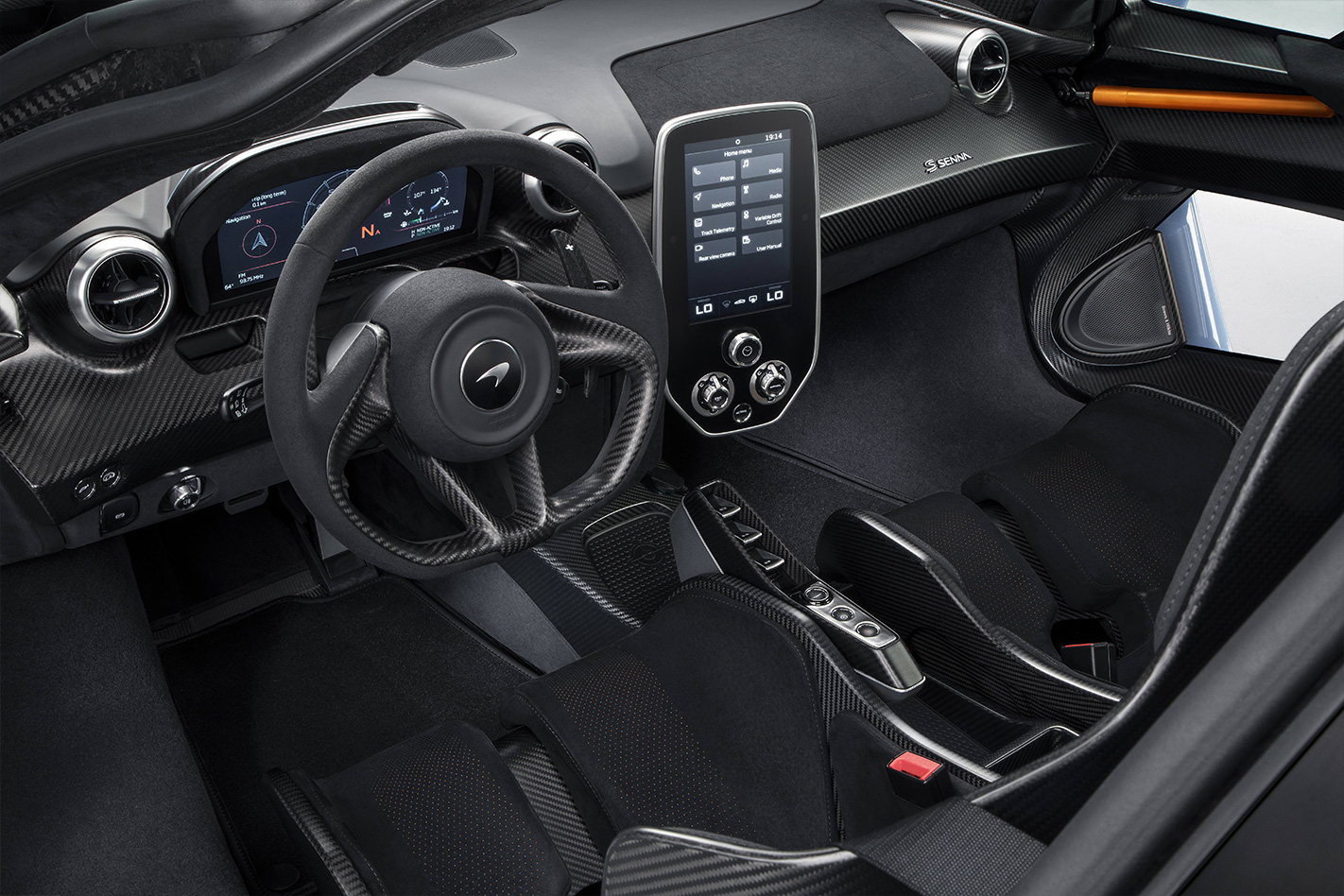
Too bad there’s only ever going to be 500 Sennas made, and too bad they’re all spoken for.



